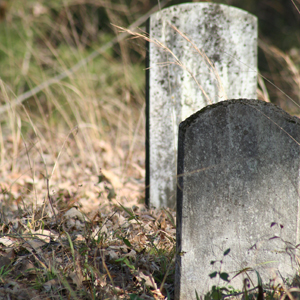If you have an active blog, you may find that your old posts are written and forgotten. These posts may get buried underneath the new stuff and be hard to resuscitate if they’re not generating some search engine traffic on their own. There are some basic things you can do to help these buried blog posts see the light of day again, including:
- Create SEO-friendly and intuitive categories
- Make the navigation easy to use
- Perfect SEO on each post as you write it
- Use a related links plugin
But that may not be enough. Even if you write just two posts per week, your blog can have around 100 posts in just a year, and while the new content is great, your old work will quickly get buried. Here are a few different ways to bring your old blog posts back to life.
 Change Up the Format
Change Up the Format
If you wrote a particularly popular post that seemed to lose steam once it got pushed off your main page, try recreating the content of the post in a new format. If the original was a regular written post, try making a video version. Or, if the post precipitated a lot of discussion in your comments, create a reader poll that references and links to the original post and gives your readers a few options for weighing in. SitePoint’s polls are a good example of how you can spotlight a post and direct more traffic that way.
Expand on the Idea
Multi-part posts don’t always have to happen chronologically. If you wrote a post that garnered some attention a few months ago, try a new post that references the original and then adds onto the idea. You can even use your readers’ comment as fuel for the new post and encourage additional commenting.
Tackle a Different Angle
If you don’t think there is an opportunity to expand on your original post, explore taking a new look at the topic. You may decide that your original viewpoint was flawed and explain in your new post what you learned since writing it and how you came to change your mind. Or perhaps you feel even more strongly now than you did when you wrote the original post. Your new post, which should reference and link to the old one, can further substantiate your arguments.
Keep Comments Open
Many blogs have comments close after a post has aged a designated length of time. In many cases, this is good practice to reduce spam and make it easier to moderate. In some cases, though, old posts on your blog may benefit from having commenting capability because it can revitalize a discussion and resuscitate the life of the post on its own.
Create a Topic List Post
If you write a lot on a specific topic, consider creating a topic-based post or even a page that include summaries and links to the most popular posts you’ve written on that topic. Not only is it helpful to allow readers to see the depth of information all in one place, but multiple links will make it easier for your readers to click through and read more of what you’ve written. This piece on email marketing is an example of a post that contains a collection of related links to old posts.
Start a Series Dedicated to Oldies
You can create a series of posts that go up weekly or monthly that share some of your favorite posts from way back when. The Unclutter blog does this well with their “A Year Ago” series, sharing links to posts that were published a year ago on the blog.
Recycle on Social Networks
Do you ever tweet or share links to old posts? If you write frequently, you may just post the new stuff when it’s hot off the presses. Regardless how many friends or followers you have, though, one post isn’t always enough to give your blog the attention it needs. Without overdoing it, go back through your blog and pick out a few of your favorite posts, then scatter them throughout your social networks occasionally to renew interest.There are a lot of ways you can resuscitate dead and buried blog posts if you think creatively. What have you done to bring old blog posts back to life on your blog?Image credit: TexasTiger
Join our free online course Getting Started Blogging with ProBlogger authors Darren Rowse and Chris Garrett here!
Alyssa Gregory is a digital and content marketer, small business consultant, and the founder of the Small Business Bonfire — a social, educational and collaborative community for entrepreneurs.




